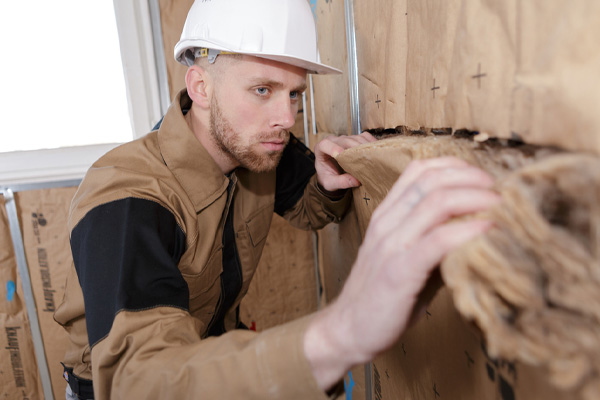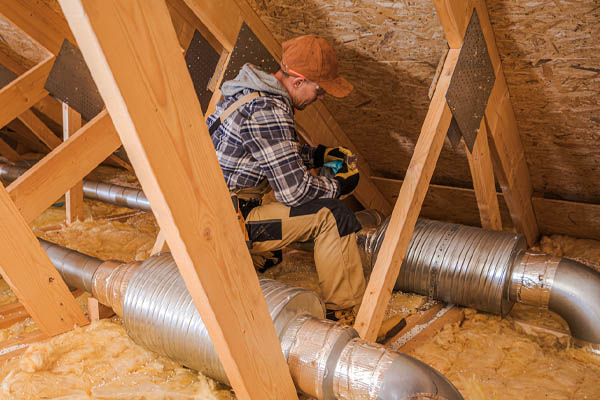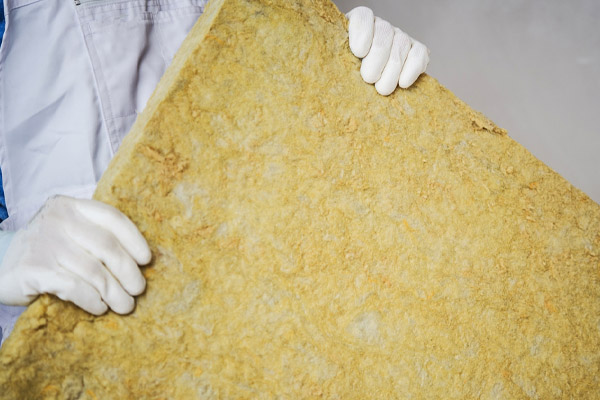Fort Collins Attic Insulation Removal: What Goes into the Process?

Proper attic insulation is a crucial component in any home. It helps regulate temperature and ensures energy efficiency. However, it also requires maintenance. Insulation can get ruined and require replacing over time. Bugs, rodents, mold, and even the passage of time can wear down insulation and render it useless. If you’re a homeowner and your attic needs some work, it is vital to rely on a reputable professional to do the work rather than trying to do it yourself. This article discusses the process of attic insulation removal.
What Goes into an Attic Insulation Removal in Colorado?
Contents
Removing attic insulation is a grueling task that is not known for being clean or fun. Although each company may handle things slightly differently, this is the basic process:
- Inspect for obstacles and determine the type of insulation in the attic
- Make a plan to safely and completely remove the insulation
- Prepare the home by covering everything that leads from the attic to the door outside
- Remove the big pieces of insulation, whether by hand or with a vacuum
- Remove smaller bits that were left behind or are stuck in tight spaces
- Clean the entire attic
- Remove covers
Related Article: How Does Insulation Affect Heat Loss?
Step 1: Inspect the Attic

The first thing a professional will do is determine what type of insulation is in your attic and the condition that it is in. The inspection involves checking for mold, water damage, evidence of rodents, infestations, signs of wear, and any hazards, like asbestos or nails in the insulation. With this information, professionals can decide exactly how to move forward since various insulation requires different processes. For example, blown-in insulation without hazards may be sucked out with a vacuum, while batt and roll insulation require removal by hand.
Types of Insulation
- Blown-in insulation is messy and leaves loose pieces everywhere. The insulation has either a gray, a white, or a gray, brown, and white color, depending on the material it is made out of.
- Spray foam insulation is thick and hard. It is typically a shade of yellow.
- Batt and roll, or blanket insulation, is the most widely recognized and has either a gray or pink color. It comes in long sheets of fiberglass.
- A combination of more than one insulation is not unheard of, especially considering that additional insulation may have been placed over time.
- Vermiculite insulation resembles tiny pebbles that are gray or brown. Similar to blown-in insulation, vermiculite insulation leaves thousands of pieces loose. Vermiculite is common in older homes, but it contains asbestos. In this case, an accredited asbestos removal expert will need to come in and remove it immediately.
Related Article: How Is R Value Calculated?
Step 2: Make a Plan for Insulation Removal

Removing attic insulation may be done by hand or with a machine. Batt and roll insulation requires removal by hand. Spray foam insulation may be removed with a vacuum, but requires some work to get it out of areas that are hard to reach or crevices that are too tight. Blown-in insulation that is free of hazards, such as loose nails, rodent droppings, or pests, can also be vacuumed. If there is optimal space in the attic and no visible problems, professionals will use a vacuum with a large hose. However, even in ideal situations, the removal process takes several hours.
Related Article: How Better Attic Insulation Improves Indoor Air Quality In Colorado
Step 3: Remove the Insulation In Fort Collins, CO
The removal process will differ depending on which insulation is in the attic. Professionals may use a combination of methods if there is more than one type of insulation.
Batt and Roll Insulation Removal
- Wearing full protective gear, professionals will remove the sheets
- The sheets are rolled up and packed into bags
Removing Blown-in Insulation
- Professionals will set up a special vacuum for insulation removal
- The hose will run through the house and up into the attic
- The hose will suck up insulation
- Workers will go through and remove any additional pieces left behind
Removing Spray Foam Insulation
- If done by hand, professionals will use a knife, saw, scraper, or brush to cut out insulation
- Pieces will be bagged and removed
- If using a machine, the process will mirror the steps for removing blown-in insulation
- Workers will go back in to cut out any remaining insulation by hand
Related Article: Do I Need to Remove Old Insulation Before Installing New Spray Foam in Colorado?
Vermiculite Insulation Removal
- Since vermiculite is hazardous because it contains asbestos, the process cannot begin until every person in the home leaves
- Depending on the state, professionals may need to notify a particular department or agency that the removal will happen
- Inspectors and contractors who are accredited to work with asbestos will come in to oversee the project
Step 4: Clean Up and Disposal

The clean-up process begins after all of the insulation gets disposed of. Professionals will haul away the bags of insulation to be disposed of properly. Meanwhile, workers will remove all of their tools and clean the area. Every surface, from walls to ceilings to floors, will be wiped down with wet rags or cleaned with a shop vac to ensure any insulation fibers left behind will not be kicked up and make their way into circulating air. Working their way back towards the door, professionals will take down any covers they originally hung to protect other areas of the home.
Conclusion
Fresh attic insulation is necessary for a clean, energy-efficient home. Even if no pests or rodents are in the attic and no standing water damages insulation, it may still need replacing. Even so, it is not a job that the average homeowner should take on. Many hazards accompany insulation removal, including toxic chemicals, animal waste, and mold. Numerous health risks can result from a job done poorly or improperly. Instead of taking the risk, call a professional to remove your attic insulation.
Related Article: What Are The Types of Thermal Insulation in Colorado?
Attic Insulation Removal Fort Collins, Colorado
When it concerns air sealing or upgrading your home’s insulation, consulting with a professional is the best option. However, not all will offer the same quality of service and pricing. Always work with the best one in your area. Residents of Fort Collins, Colorado, and the neighboring area can call Ascend Construction for superior service.
Ascend Construction specializes in insulation removal and installation, air sealing, energy conservation, energy audits, whole-house fan installations, and much more! You can count on us to provide you with service that outshines the rest!

Contact Ascend Construction for a free consultation today. We can provide you with practical solutions to address the problem areas in your Fort Collins home. All of our services are affordable, and our work is guaranteed. Click here to contact us, or click the button below to give Ascend Construction a call. We offer free, no-obligation, in-home consultations.
Ascend Construction
4115 County Road 19
Fort Collins, CO, 80524
(970) 420-5495